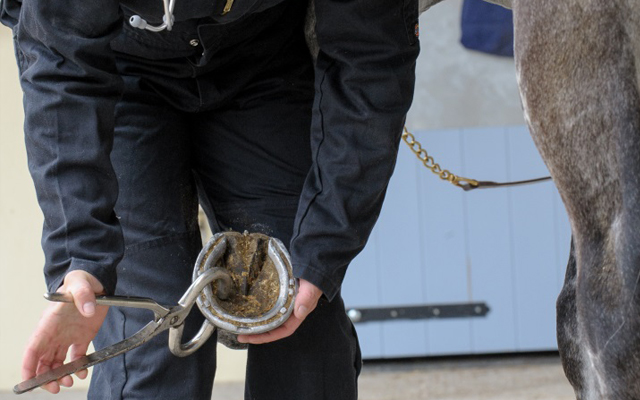Promotional Feature
Leading insurer Petplan Equine has revealed the top five conditions it received claims for in 2016. Desmitis was the number five health problem, so here we take a look at what it is, how it affects your horse and how to manage it.
What is desmitis?
Desmitis is a condition horse owners may not be familiar with. However, the number of horses suffering from this condition is surprisingly high. Desmitis means inflammation of a ligament, usually in the limbs, where it is a common cause of lameness. The three most common ligaments inflamed are the suspensory ligament, the check ligament and the collateral ligaments of the coffin joint.
What are the clinical signs?
The top tip is to know your horse; suspensory desmitis can often creep up without obvious lameness. If your horse’s behaviour or performance changes (for example, he becomes better on one rein, transitions are not so smooth or his back becomes tense) this could be a sign that he may have suspensory desmitis in the hind limbs.
How can I help prevent my horse suffering from desmitis?
Strengthen your horse’s ligaments by including frequent work on straight lines on a hard surface. Discuss this with your vet or trainer to establish an appropriate amount of this work for your horse, as over doing it can also be a risk.
Good foot balance is essential. If you or your farrier are unhappy with your horse’s feet, then a set of foot balance x-rays can be helpful in assisting your farrier’s approach.
For more lameness advice from Petplan Equine visit our lameness pages.
What can I do if my horse is suffering?
Involve your vet if you notice changes in your horse. Once diagnosed, there are various treatments for desmitis depending on the severity and cause of your horses’ injury.
The prognosis depends on many factors including:
- the site of the injury
- its severity
- the duration of the injury
- the future athletic expectations for the horse
Box rest with a disciplined walking out programme for 6-8 weeks is the most common start to the rehabilitation process. Correction of any foot imbalance issues is vital and remedial shoeing is often required in those horses with collateral desmitis of the coffin joint
How good are you at spotting lameness?
Test your skills with our trotting up videos
Petplan Equine paid out over £500,000 in claims for desmitis in 2016
Consider taking out horse insurance to help you pay for treatment if your horse becomes ill or is injured. For further information visit Petplan Equine’s website.
For more advice on Petplan Equine’s top five conditions click here.
Petplan Equine’s top five most commonly-occurring claims in 2016 were:
1. Arthritis
2. Colic
3. Gastric Ulcers
4. Laminitis
5. Desmitis (inflamed ligaments)






